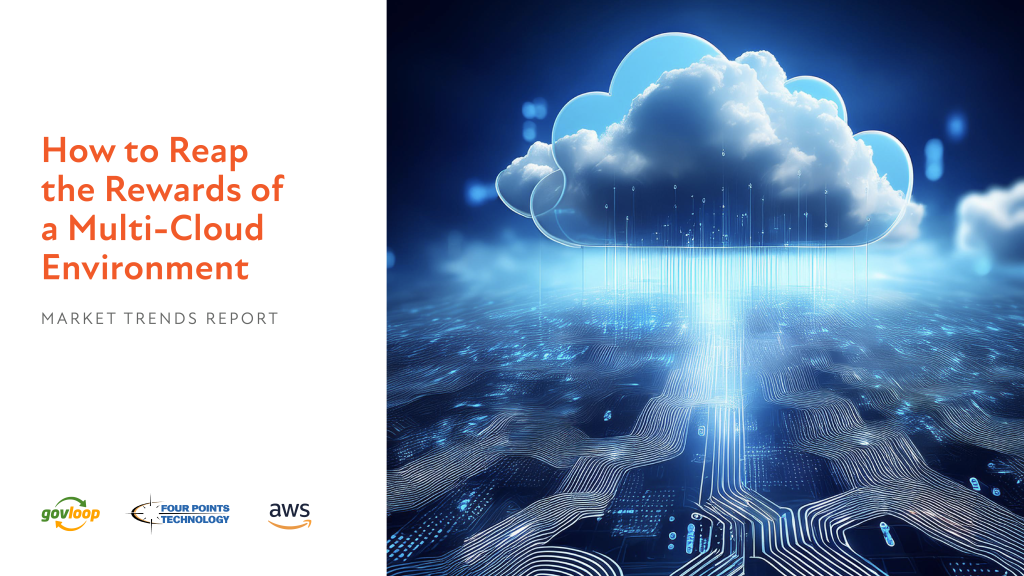Government agencies’ decade-long transition into the cloud is steadily — and rapidly — evolving toward the adoption of multi-cloud strategies. A year ago, 70% of federal agencies were using two or more cloud providers, and in April 2024, the Senate Homeland Security and Governmental Affairs Committee approved the bipartisan Multi-Cloud Innovation and Advancement Act, which would help streamline multi-cloud adoption.
In August 2024, the Biden administration moved away from defining different tiers of authorizations (previously JAB and Agency) and toward one designation of FedRAMP Authorized. Going forward, all authorized cloud service providers or CSPs will be considered FedRAMP Authorized, regardless of path, which will further enable cloud adoption. Moving to a multi-cloud environment offers agencies the flexibility to manage their distributed infrastructures while optimizing resources, maximizing efficiencies, and enhancing security and compliance. Agencies can also optimize costs by taking advantage of pricing models from different vendors.
But none of this happens automatically. Implementing a multi-cloud environment, which combines on-prem, private and public clouds, numerous Software as a Service (SaaS) applications, orchestrated container environments, and other elements, requires careful planning and execution. Agencies have at times struggled with cloud implementations, reflected in some agencies’ low marks on the Federal IT Acquisition Reform Act scorecard and admonishments about cloud security from the Government Accountability Office. Many agencies would benefit from effective guidance.
This Market Trends report is a step toward providing that direction. We partnered with Four Points Technology LLC and Amazon Web Services (AWS) on a new report to help you to learn how to best reap the rewards of multi-cloud. We’ll examine the challenges agencies face and how to overcome them, best practices, and the essential capabilities of a true multi-cloud environment.
